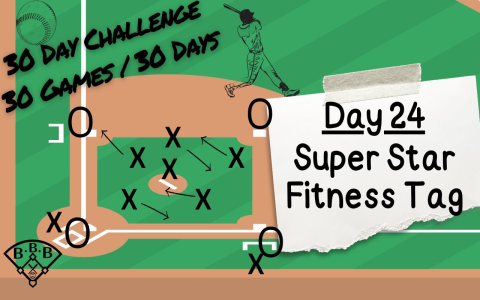Alright, so I decided to dive into making this little baseball game, something I called “Batter Up Baseball Game” in my head. Wasn’t aiming for a full-blown simulation, you know, just the fun part of whacking a ball.
Starting From Scratch
First things first, I knew I needed a pitcher and a batter. That’s the core, right? So, I started by just getting a virtual pitcher on one side and a batter on the other. Super basic, just placeholders really, to get a feel for the space.
The pitcher’s job, obviously, is to throw the ball. And there’s the catcher too, behind what they call home plate, ready for the ball. I spent a good while just getting the ball to move from the pitcher towards the catcher. Sounds easy, but making it look even a tiny bit natural took some doing. My first few tries, the ball just teleported. Not very sporty!

Getting the Pitch Right (Sort Of)
Then I thought, okay, the pitcher throws the ball to the catcher, and the batter stands there trying to hit it. I needed to make the pitch feel a bit unpredictable. A straight line every time? Snoozeville. So I tinkered with adding a little wobble, maybe a bit of speed variation. Nothing too fancy, just enough so you couldn’t time it perfectly after two tries.
The catcher, for my game, was pretty passive. If the batter missed, the catcher just… caught it. No complex animations there. My focus was really on the batter.
The Batter’s Moment of Truth
Now, the batter. This is where I wanted the satisfaction to be. You swing, you connect, good things happen. I put in the classic “three strikes and you’re out” rule. Miss three times, game over for that turn. That part was simple enough to track.
Getting the bat to connect with the ball, though? That was a headache. I must have spent a whole evening just adjusting the timing window for the swing. Too early, you miss. Too late, you miss. And making the hit feel like a hit, even with basic graphics, was tricky. I played around with a little screen shake, a satisfying sound effect. The sound was key, actually.
What Happens After the Hit?
So, if the batter does hit the ball, then they’re supposed to run around the bases. I didn’t go wild with a full team of 9 fielders trying to tag the runner. My game was simpler. A good hit meant the batter would automatically run. I visualized the bases, but the running was more of an abstract thing. The main goal was to get that hit registered.
I tried to make the ball fly off in different directions depending on the hit. Sometimes a pop fly, sometimes a grounder. It was all a bit fudged, to be honest. Not real physics, just enough to give some variety. I remember the ball often getting stuck in weird places at first, or flying off into infinity. Debugging that was… an experience.
Keeping it Manageable
I always tell myself with these little projects: keep it simple, stupid. If I tried to add every single rule and player position in baseball, I’d still be working on it now, and it probably wouldn’t even be fun. My “Batter Up” game was really just about that one interaction: pitcher throws, batter swings. Everything else was just window dressing.

There were moments I almost scrapped the whole thing. Like when the bat would pass right through the ball for no reason I could see. Turned out to be some weird collision layer issue I’d set up wrong. Took me ages to find that. But you know, when you finally fix that one bug that’s been bugging you for hours, it’s a pretty good feeling.
Wrapping it Up
In the end, I got it to a point where it was playable. Pitch, swing, hit or miss. Some basic sounds, a score. It wasn’t going to compete with the big sports games, not by a long shot. But it was my little game. I built it from the ground up, one frustrating step at a time.
What I really took away from it was how much effort even simple mechanics can take. And how important it is to just get something working, then build on it. If you try to make it perfect from the start, you’ll never finish. So yeah, that was my adventure with the “Batter Up Baseball Game.” A fun little detour.



